– æpəl Noun apple (pl. apples). A common, round fruit produced by the tree Malus domestica, cultivated in temperate climates
Strawberry laces, walnuts and good ol’ Granny Smith
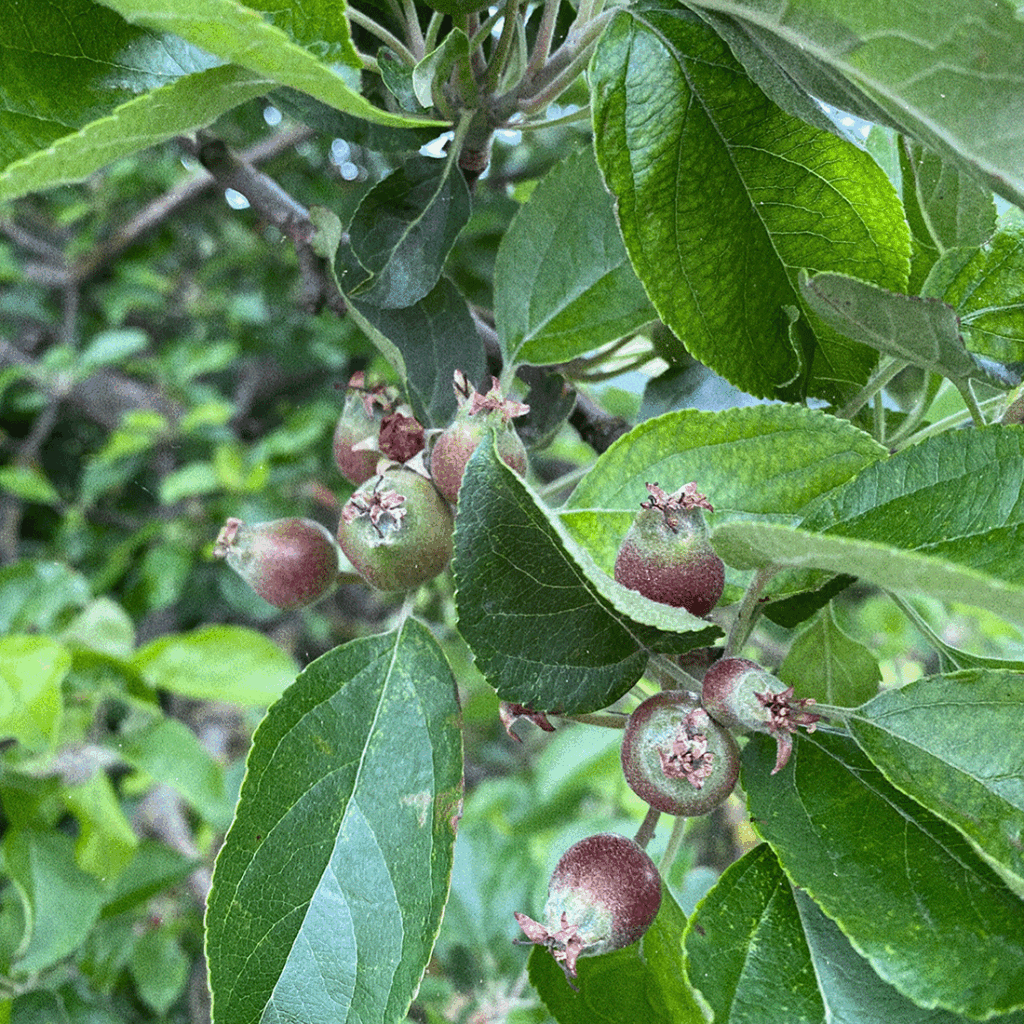
My favourite fruits are apples. Sure, I love mangos, kiwis, bananas, oranges, strawberries, gooseberries, blackberries, currants, grapes, melons, … I could go on, but apples just win.
Granted, in the brightly coloured fruit bowl of life, they may appear as the boring fruits, whilst the kumquats, passionfruit and pineapples almost scream of exotic flair and beauty, but apples are far from boring.
To start with, we don’t actually know how many different varieties there are! Yup, we simply don’t know – there are thousands!
Granted, we know quite a few and we have also categorised those neatly into specific groups, often referred to as dessert apples and cider apples.
Dessert, or culinary / eating apples, include the following:
Braeburn
Fuji
Gala
Golden Delicious
Granny Smith
Jazz
Jonagold
Red Delicious
Pink Lady
…
Whilst some common cider apples are:
Brown Snout
Brown’s Apple
Bulmer’s Norman
Dabinett
Frequin Rouge Amer
Foxwhelp
Kingston Black
Somerset Redstreak
Stoke Red
Tremlett’s Bitter
Yarlington Mill
…
And so on and so on and so on … there are many more, and some have not even be named or indeed discovered yet.
Now the fun bit about apples is that any apple can be made into cider, regardless of how enjoyable it is to eat raw, fresh off the tree, or indeed which category it is placed in.
You can certainly have a single varietal (S.V.) cider made from only Granny Smith or indeed Jazz apples, as much as you can have a single varietal Stoke Red, Bulmers Norman or Dabinett cider.
Essentially, any apple can be transformed into a great cider, it depends what you would like your cider to be – which kind of experience you would like to impart on your potential future drinkers.
Cider apples, as do dessert apples actually, have a very specific mix of tannins, sugars and acids, which all play an important role in the final cider. Those chemical components are sugar (primarily fructose), acid (primarily malic acid, which brings fresh and zingy aromas, often described as “green”) and tannins (also found in tea and wine, also known as polyphenols).
If a cider is described as balanced those three parts – sugar acid and tannins – work together in harmony to create a rounded drinking experience. This is, regardless of what style the cider would be described as, very important! You can have a very balanced tannin led cider, as much as you can have a very balanced acid led cider, as long as the three parts play well together, you experience balance. This is, of course, very personal, a cider I may preach about for being balanced, my husband may find unbalanced and undrinkable.
If a cider has too much acidity and sweetness, but not enough tannins, it can lack depth, while a cider which lacks sweetness, but is high on tannins and acidity, may appear too harsh. A cider with not enough acidity, to work with the existing tannins and sweetness may be perceived as insipid and bland.
Part of the cider maker’s skill is to bring those three parts into balance, as well as use quality fruit and careful management of fermentation and maturation.
But basically, the reason some apples are classified as cider apples, is down to their basic chemical make-up, or apple-y character.
And thanks to Professor B.T.P. Barker, the first director of the Long Ashton Research Station (LARS) in Bristol, we still use a classification system he developed in 1903, which places apples into four groups (bear with me, this is actually quite fun!) – specifically, we have: Sweet (SW), Sharp (SH), Bittersweet (BSW) and Bittersharp (BSH) apples.
Apples which are low in acid and tannins are classed as sweet. Think Katy, Golden Delicious, Jonagold, Discovery and Gala. Most dessert (or culinary) apples fit in this category, but also a few cider apples.
I recently had a lovely example of a S.V. cider from sweet apples called Val de Rance 100% Pommes Gala (4% ABV) by Les Celliers Associés[i] – a lovely little French number, full juice and very very moreish. But you don’t have to travel to France to taste ciders made from these types of apples. Another lovely example is Wild Disco (5.5% ABV) by Nightingale Cider[ii] in Kent – fresh, fruity and wild-fermented.
Apples with a high acidity, such as Bramley, Granny Smith, Newtown Pippin, Golden Russet and Tom Putt, are classed as sharp.
If you wanna try a single variety cider made from apples classed as sharp, go for Granny Smith (4.5% ABV) by Sxollie[iii] – a beautiful full juice new world cider with zippy zing! Another example is the equally fantastic Val de Rance 100% Pommes Granny Smith (4% ABV) by Les Celliers Associés[iv] . Yes, I do love Granny Smith… a lot… moving on.
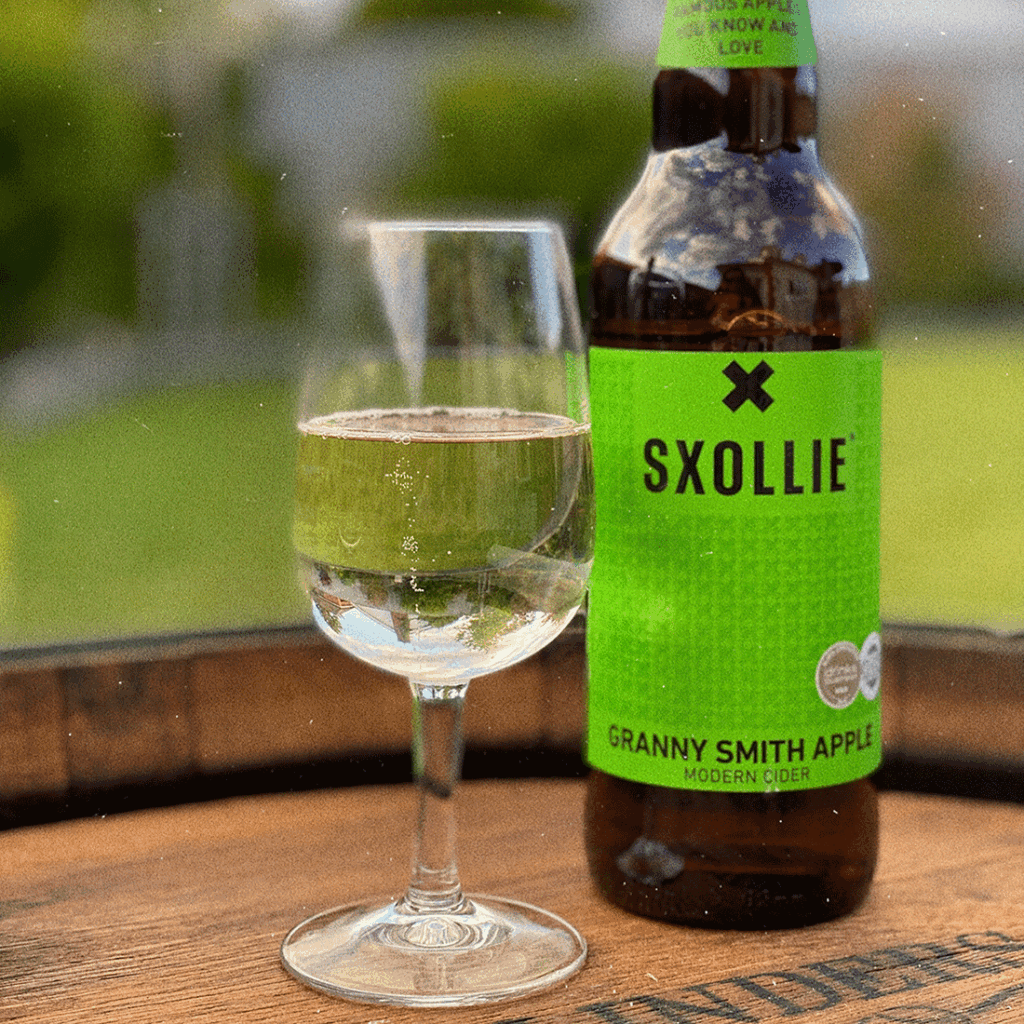
Dabinett, Yarlington Mill, Brown Snout, Bulmers Norman and Chisel Jersey, for example, have a higher tannin content, which brings astringency and bitterness to a cider – more on tannins in a second. They are classed as bittersweet. Historically, these apples were also often referred to as French (in Gloucestershire) or Norman (in Herefordshire), which gives you a hint of how the apples came to England.
Next time you have a West Country style cider, spare a thought for marauding enemies and exclaim “1066!” (yeah, I know, we all thought we won’t have to remember that….) and the invading Normans, who brought tannic apple varieties with them. The Romans, who loved the odd tipple, had already planted orchards, so the Normans continued this practice and soon the lands of the Kingdom were filled with French and Norman bittersweet apples. A scene fit for a Fairy Tale or a slightly worse Disney remake….
Two great examples of a S.V. ciders made from a bittersweet apple are Tremletts Bitter (6.5%) by Ross-On-Wye Cider and Perry[v] – sweet, bold and floral, as well as being full of gorgeous tannins; and Dabinette (7.5% ABV) by Bushel+Peck[vi] – strong, robust and, typical, the cider apple people think about – the OG of cider apples if you will.
Bittersharp apples, such as Kingston Black, Foxwhelp, Stoke Red and Porter’s Perfection, have both a high level of tannins and acid, showing astringency and sharpness. Some fantastic S.V.s are made with these varieties.
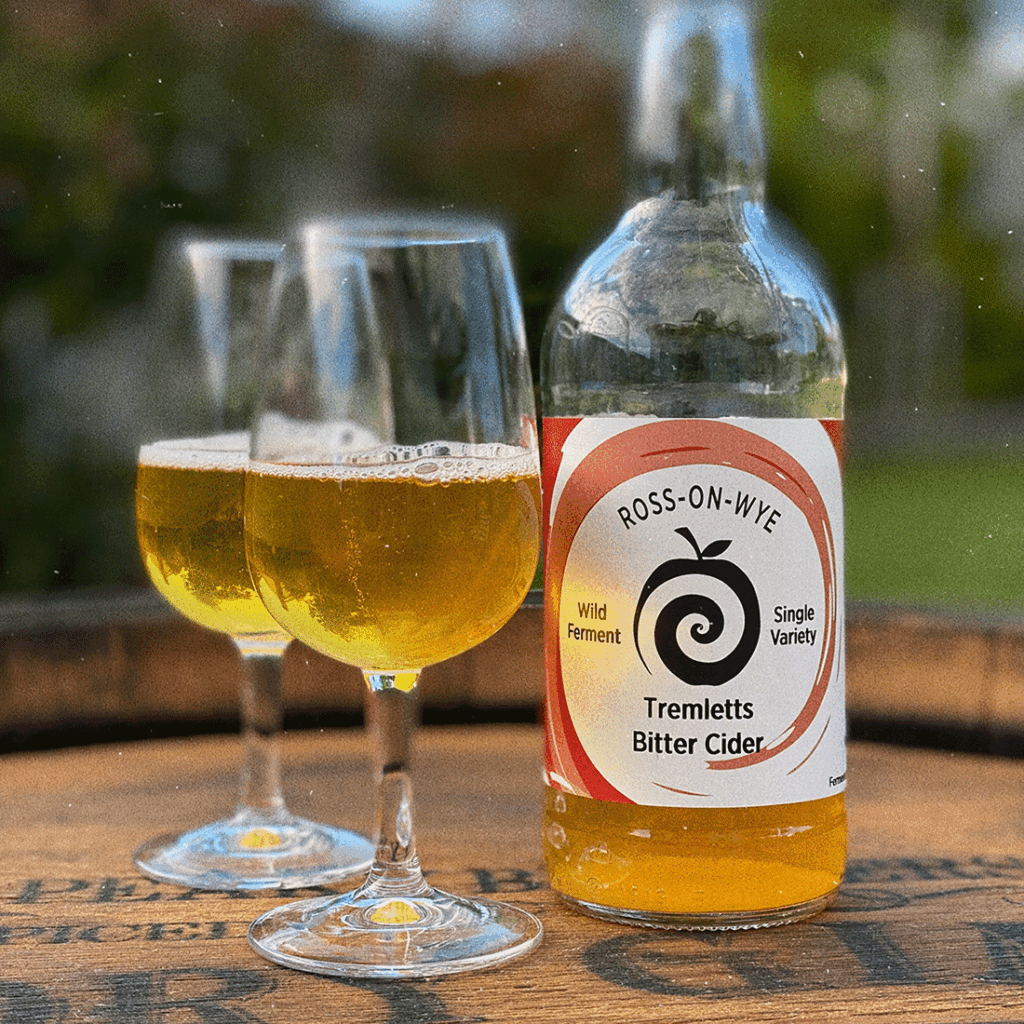
I actually managed to get my paws on one of the extremely limited edition Foxwhelp (2020) (4.7% ABV) by Artistraw[vii] – it was unlike any cider I have ever had made exclusively from Foxwhelp apples. Pretty sure Artistraw will release another version at some point, so make sure you keep an eye out, as those apples and cider makers create a great cider. Think strawberry laces, sherbet-like acidity and crisp apples
*drools uncontrollably whilst writing…*
And that’s your very basic apple classification in the UK. Or, as the husband would say “Here endeth the lesson”.
You can, of course, dig deeper. If you’re keen, find yourself a good orchardist, pomologist or indeed cider maker.
Apples are indeed fantastic. Humble, yet sophisticated.
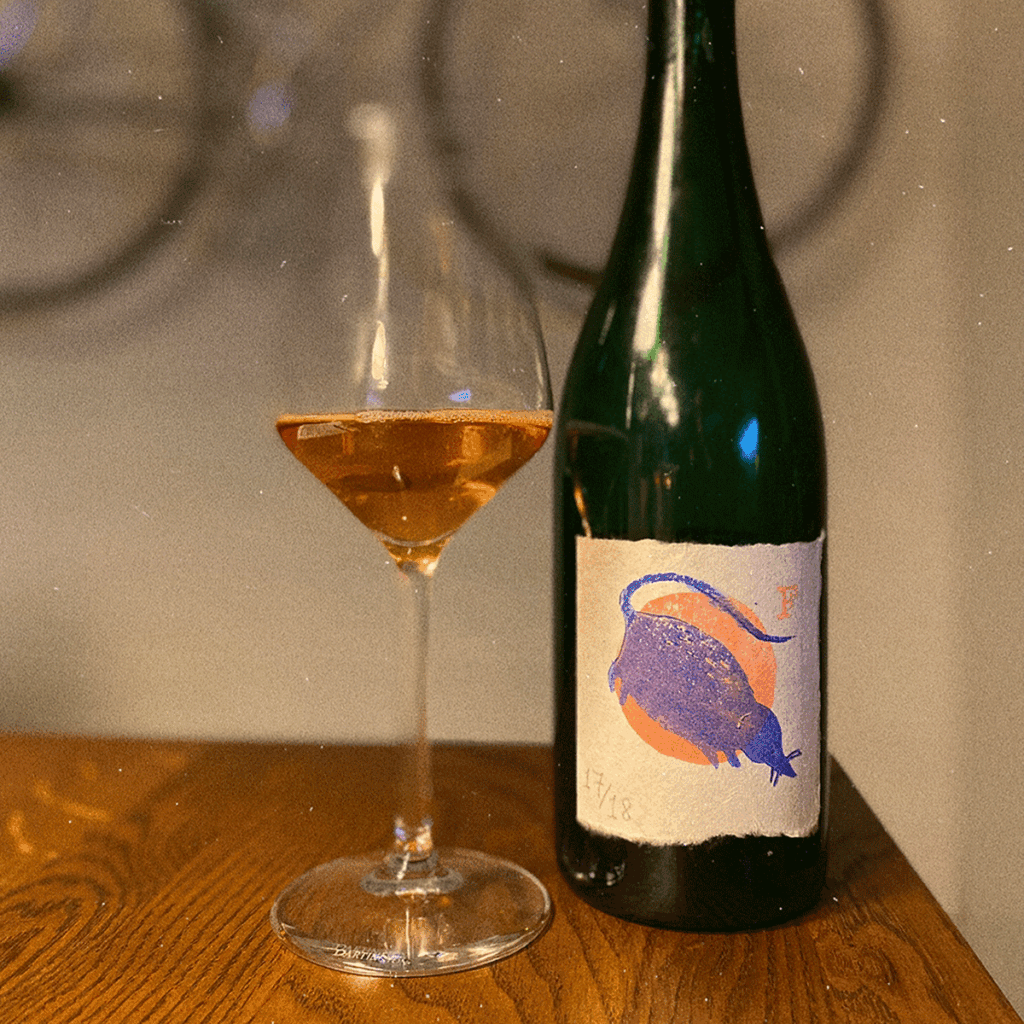
I recently moved house … well, I moved just before the first national lockdown in 2020, so it’s been actually quite a while ago, but doesn’t-feel-like-it-sorta-thing… anyway, I moved and am now the owner of an old apple tree which sits happily and content in the corner of my garden.
The thing is, I would love to know what apples the tree grows, but the fruit have yet managed to elude me.
When we moved in, we had the tree professionally pruned as it had been neglected for some time, which meant no apples (combination of rather elate pruning and weather).
The next year, we had some lovely blossom on a rather happy looking tree, but yet again, the weather in combination with the likelihood of biennial bearing meant, no apples, well, one tiny one, but the squirrels, birds or weather got there before me….
I got rather excited one day when I spotted a little round green thing underneath the tree, maybe we will have apples this year – oh joy!
However, it turns out, the little green round thing was not an apple, but a walnut …
Yes, a walnut which somehow made its way under my apple tree to trick me into thinking we might have apples… I suspect a squirrel wanted to pay me for its lunch – the one or two apples that were on the tree…
I love walnuts, don’t get me wrong, but not when I’m trying to find out what apples my tree produces.
A picture of the garden on the estate agents listing showed large rather plump looking apples under the tree, so it is just a waiting game we are playing with Mother Nature.
Which brings me to another intriguing apple fact: apples don’t grow true from seed. Akin to us humans, when apples “reproduce” their offspring is with great overwhelming certainty not identical to their parent. So, if you’re eating let’s say a Fuji apple and really love it, you cannot simply plant its seeds and grow yourself an apple tree bearing Fuji apples. It is basically potluck!
But how come I can go to the weekly farmers market or supermarket and find Fuji, Bramely and Granny Smith there every time I go?
Grafting, my friends. The answer is grafting.
Grafting is a technique were a young cutting, also called a scion, from the desired apple variety is transplanted onto another, fusing both trees together. In a very Frankenstein’s Monster-kinda-way, but with tasty apples and not body parts 😊
Given the chance, the existing rooted tree will grow one variety of apple, while the newer top part will grow another completely separate variety. As such, you can find some trees which grow an abundance of various varieties all on one established rootstock.

Grafting comes also handy when setting up an orchard, as cider maker and orchardists, can choose a dwarfing rootstock (basically trees which don’t grow to full-size) and graft the desired apple variety onto them – making harvest time a little bit easier for both “man and machine”.
I mentioned tannins earlier on, and there is just one little nugget of information I’d still like to pass on. We sure love categories, and placing anything in neat little compartments, even if only mentally constructed, seems to help us make sense of the world.
We can, and therefore have, complicated or indeed enriched the classification further. By looking at the levels of tannin, i.e., full, medium and mild, in bittersweet and bittersharp varieties, apples are further classified into apples which have full hard or full soft tannin level, medium hard or medium soft tannin levels and mild hard and mild soft tannin levels. Here, hard or soft refers to how the tannins feel in the mouth, i.e., bitter or astringent. Hard tannins contribute to the flavour while soft tannins contribute to the mouthfeel, that furry, dry astringent feeling you can get if a cider has soft tannins.
Think over-brewed cups of tea. Last year I learned that I’ve got a rather high tolerance for bitterness, which is why I seek out those tannin led ciders just slightly more often than the acid led ones. I love when a cider has some edges to it, when it presents not … rough (that’s the wrong word), but not completely rounded (still not the right description…). I like to pick the liquid apart over being hugged by it. But that’s me. You may have a completely different idea of what you want your cider to be and fulfil, and that’s what’s so lovely about the world of cider – it can cater for everyone.
And that – drum roll please – brings me to another A – the humble yet cult drink that is Apfelwein!
So, all together now:
A is for Apfelwein
-apfl̩vaɪn Noun. Germany. Traditional German apple wine made from, sharp apple varieties, such as Kaiser Wilhelm, Rheinischer Bohnapfel, Boskoop, Goldpärmane; usually alcoholic, with 4.8–7.0% ABV. Also known as Stöffche, Eppelwoi and Schobbe to name a few
And Apfelwein brings me to yet another A: Apfelwein Tag
So, yet again, you know the drill:
A is for [Welt] Apfelwein Tag, aka [World] Cider Day
-apfl̩vaɪn tæk Noun. German A Day to celebrate cider.
Yes, the World Cider Day, which falls on the 3rd of June, has its origins in Germany:
Members of the Verband der Hessischen Apfelwein- und Fruchtsaft-Keltereien e.V. (= Association of Apple Wine and Fruit Juice Press Houses) in Hessen launched this day of celebrations to spread the love of all things cider. And yes, even for Germans who love their Apfelwein, cider is more than just the acid led liquids you tend to find in Hessen.

As it happens, the gang and I are off to one of the better known urban cideries in London – Hawkes [viii] for their World Cider Day Festival on the 4th of June ‘22.
And they have some big names lined up for the day, alongside their own offerings:
Tom Oliver’s Cider and Perry – Galipette Cidre – Pulpt – Sxollie – Nøvar Cider – Pilton – Little Pomona Orchard & Cidery – Hecks Farmhouse Cider – Beard & Sabre – Bignose & Beardy Sussex Cider – Maison Sassy – One tree Hill Cider
Just going by the maker’s reputation, you can expect apples made into traditional and modern ciders, dry and sweet, keeved and hopped, tannin and acid led, as well as generally exceptionally good ciders.
If you’re interested, search for #WAT2022 (=Welt Apfelwein Tag) and #WCD2022 (=World Cider Day) on the socials, and head over to the ‘gram and follow @AtomicDucks to see what we we’re drinking while in That London
Like I said, apples are far from boring.
So, why not raise a glass of the stuff, be it cider, cidre, Apfelwein, siidera, jabolčnik, sidra, cydr, hard cider, … or indeed cyder, and celebrate this unique beverage that is as rich as the cultures and world it is made by and in 😊
Ob Apfelwein, ob Äppler oder Schobbe,
es ist und bleibt en gude Drobbe.
In diesem Sinne, macht’s euch fein
Wassail!
xxx
[i] Les Celliers Associés https://www.valderance.com/en/product/cidre-100-pommes-gala [Accessed 30/05/22]
[ii]Nightingale Cider Company https://nightingalecider.com/cider-perry/cider-and-perry/wild-disco-cider/ [Accessed 30/05/22]
[iii] Sxollie Xider – Modern Craft Cider https://sxollie.com/collections/sxollie-cider/products/sxollie-granny-smith-cider [Accessed 30/05/22]
[iv] Les Celliers Associés https://www.valderance.com/en/range/cidres-100-pommes-granny-smith-et-100-pommes-gala [Accessed 30/05/22]
[v] Ross-on-Wye Cider and Perry https://rosscider.com/ [Accessed 30/05/22]
[vi] Bushel+Peck https://www.bushelpeck.co.uk/shop/ddjebzey1752fmp34wa12ez098e16o-858k8-xjk7f-e5l5h-lnppm [Accessed 30/05/22]
[vii] Artistraw Twitter and Untappd https://untappd.com/b/artistraw-cider-foxwhelp-2020/4733444 [Both accessed 30/05/22]
[viii] And before this turns into a discussion on whether BrewDog is/isn’t /should be/shouldn’t be cancelled – this is story for another time and post. All I can say is that I acknowledge my lack of information and knowledge and am actively listing and searching for information.
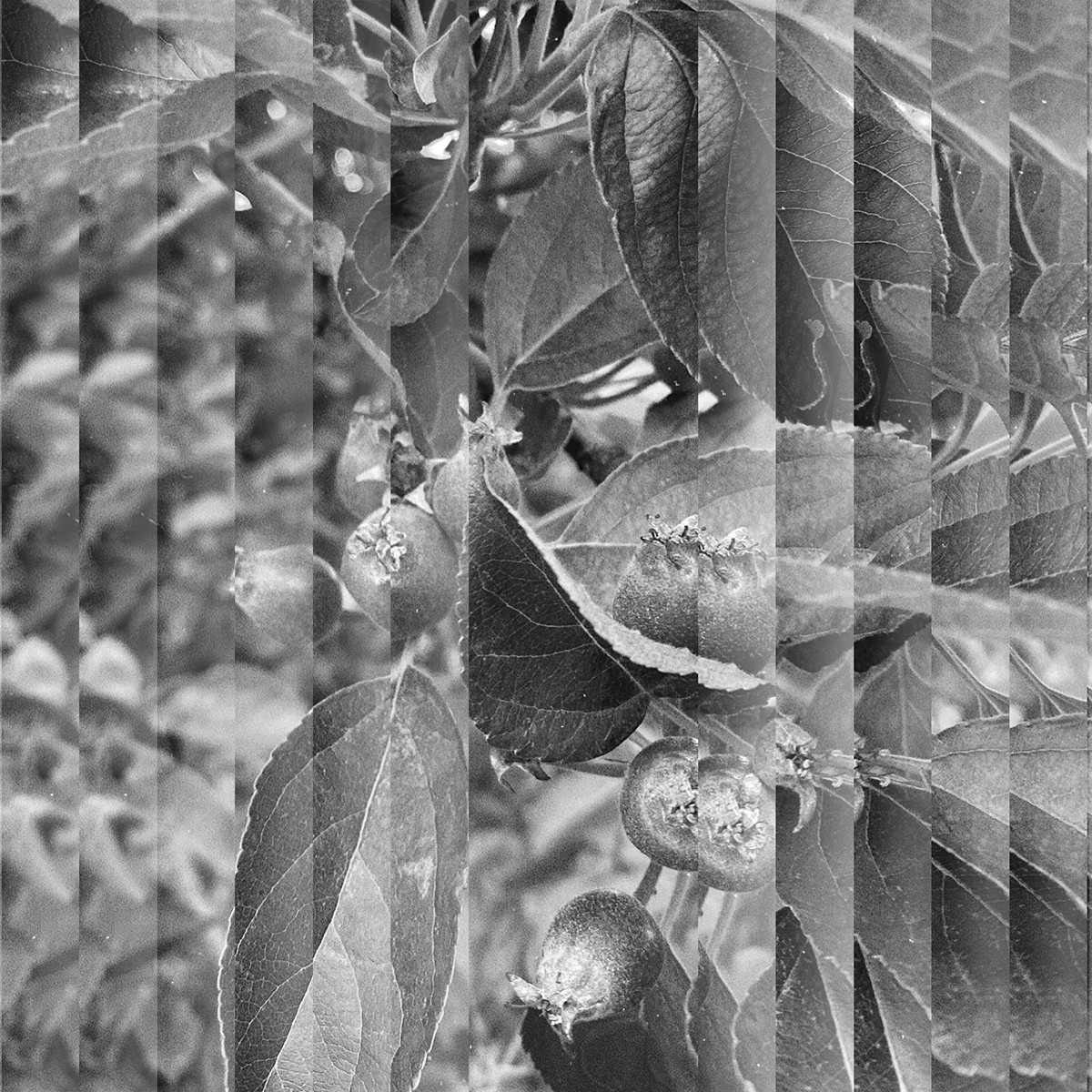
Leave a Reply